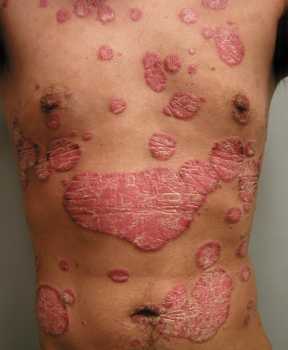Author Interviews, COVID -19 Coronavirus, Dermatology / 11.05.2021
COVID-19: More Hand Scrubbing Linked to Greater Risk of Cracked Dry Hands
MedicalResearch.com Interview with:
Dr Monisha Madhumita
Father Muller Medical College
India
MedicalResearch.com: What is the background for this study?
 Response: The COVID‐19 pandemic requires stringent adoption of hand hygiene practices. Health Care Workers (HCW) and the general population are at increased risk of irritation, dryness, redness and cracked hands (irritant dermatitis) due to frequent hand washing and the use of alcohol-based hand rubs. An effective hand sanitizer contains at least 60% alcohol to kill germs. Thus, it can be very drying to the skin. Transepidermal water loss (TEWL) is a way to measure the water lost from the skin. It is an essential parameter for characterizing skin hydration and protective function. Both of which are disrupted in irritant hand dermatitis.
This research study was conducted on 582 participants: 291 health care workers and 291 healthy individuals of the general population. Measurements of TEWL were made using a noninvasive, closed- chamber system (VapoMeter) in a standardized environment. The study participants were asked to identify the challenges to compliance in hand hygiene practice (more…)
Response: The COVID‐19 pandemic requires stringent adoption of hand hygiene practices. Health Care Workers (HCW) and the general population are at increased risk of irritation, dryness, redness and cracked hands (irritant dermatitis) due to frequent hand washing and the use of alcohol-based hand rubs. An effective hand sanitizer contains at least 60% alcohol to kill germs. Thus, it can be very drying to the skin. Transepidermal water loss (TEWL) is a way to measure the water lost from the skin. It is an essential parameter for characterizing skin hydration and protective function. Both of which are disrupted in irritant hand dermatitis.
This research study was conducted on 582 participants: 291 health care workers and 291 healthy individuals of the general population. Measurements of TEWL were made using a noninvasive, closed- chamber system (VapoMeter) in a standardized environment. The study participants were asked to identify the challenges to compliance in hand hygiene practice (more…)
 Response: The COVID‐19 pandemic requires stringent adoption of hand hygiene practices. Health Care Workers (HCW) and the general population are at increased risk of irritation, dryness, redness and cracked hands (irritant dermatitis) due to frequent hand washing and the use of alcohol-based hand rubs. An effective hand sanitizer contains at least 60% alcohol to kill germs. Thus, it can be very drying to the skin. Transepidermal water loss (TEWL) is a way to measure the water lost from the skin. It is an essential parameter for characterizing skin hydration and protective function. Both of which are disrupted in irritant hand dermatitis.
This research study was conducted on 582 participants: 291 health care workers and 291 healthy individuals of the general population. Measurements of TEWL were made using a noninvasive, closed- chamber system (VapoMeter) in a standardized environment. The study participants were asked to identify the challenges to compliance in hand hygiene practice (more…)
Response: The COVID‐19 pandemic requires stringent adoption of hand hygiene practices. Health Care Workers (HCW) and the general population are at increased risk of irritation, dryness, redness and cracked hands (irritant dermatitis) due to frequent hand washing and the use of alcohol-based hand rubs. An effective hand sanitizer contains at least 60% alcohol to kill germs. Thus, it can be very drying to the skin. Transepidermal water loss (TEWL) is a way to measure the water lost from the skin. It is an essential parameter for characterizing skin hydration and protective function. Both of which are disrupted in irritant hand dermatitis.
This research study was conducted on 582 participants: 291 health care workers and 291 healthy individuals of the general population. Measurements of TEWL were made using a noninvasive, closed- chamber system (VapoMeter) in a standardized environment. The study participants were asked to identify the challenges to compliance in hand hygiene practice (more…)



